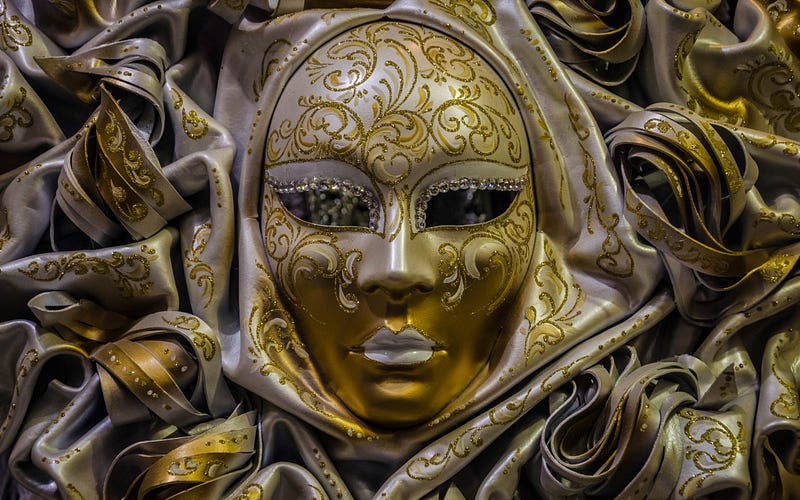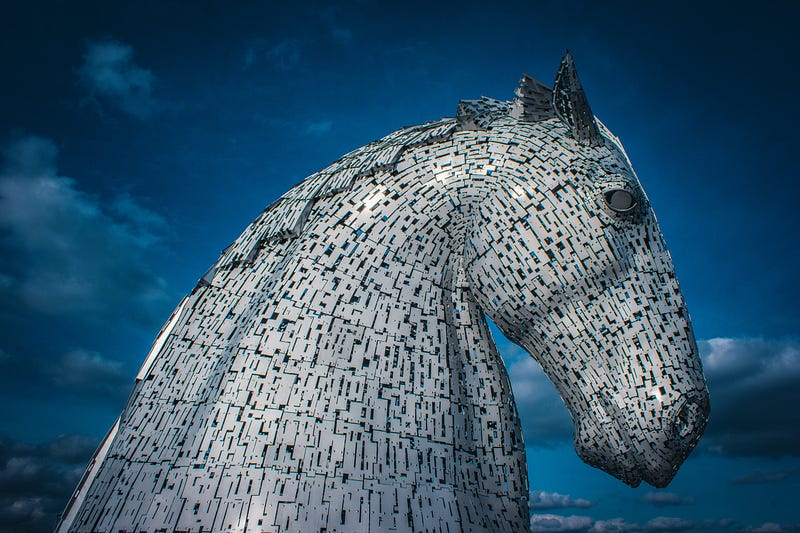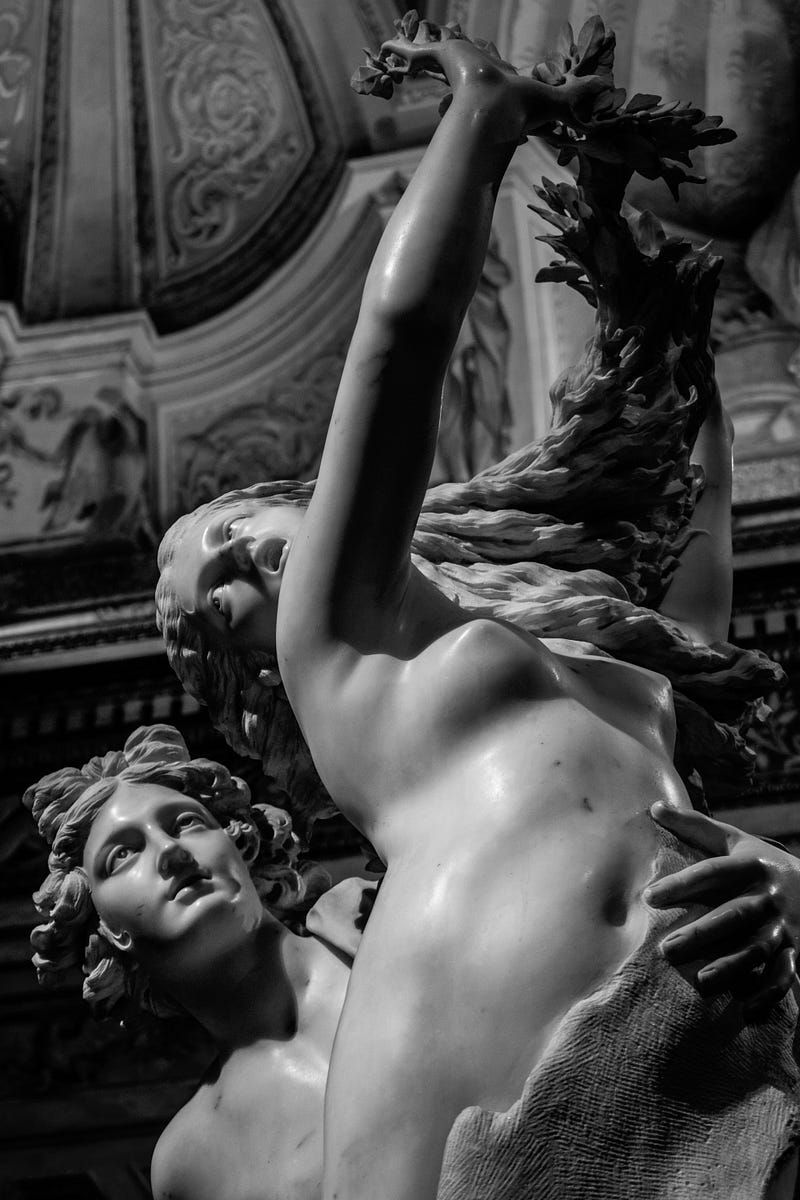Exploring the Depths of Consciousness: A Journey Through Time
Written on
Chapter 1: The Age-Old Enigma of Consciousness
Consciousness has long been a topic of intense discussion among philosophers, psychologists, and scientists alike. In this series of articles titled “Consciousness,” we aim to unravel its essence and understand its implications.

Despite centuries of exploration, our grasp of consciousness remains elusive. Countless researchers and thinkers have attempted to define it, resulting in over 20,000 published papers. Yet, a universally accepted definition remains out of reach. This series aims to delve into the contemporary understanding of “Consciousness.”
In this initial segment, we will investigate a recent scientific theory that approaches consciousness from a physics perspective. Future articles will also consider the traditional philosophical viewpoints, particularly those of the influential yet controversial psychologist Carl Gustav Jung and his contemporaries.
“The sole purpose of human existence is to kindle a light in the darkness of mere being.”
— Carl Jung, Memories, Dreams, Reflections, p. 326
Dr. Michio Kaku, a distinguished theoretical physicist and co-founder of String Field Theory, is dedicated to developing a grand unified theory that encompasses the four fundamental forces of nature. In his quest to unveil the universe's mysteries, he also presents a compelling theory on consciousness through a spacetime lens.

According to Kaku, consciousness can be understood as the feedback loops necessary to construct a self-model in both spatial and temporal contexts. He posits that all entities in the universe possess some degree of consciousness. For instance, animals may exhibit varying levels of consciousness based on their feedback mechanisms. A stethoscope, which listens to the heartbeat, might represent one unit of consciousness, while a rose, which responds to environmental factors like temperature and moisture, could embody ten units. Reptiles, aware of their spatial and temporal surroundings, might measure several hundred units.
This classification continues with social animals, such as monkeys, which display higher levels of consciousness due to their ability to navigate social structures and express emotions within their communities. The evolutionary development of the mammalian brain mirrors this hierarchy of consciousness, progressing from basic instincts to complex social interactions.
The structure of the human brain, an intricate product of millennia of evolution, features areas responsible for balance, instincts, and higher-order thinking. The advanced prefrontal cortex, situated behind the forehead, is crucial for simulating future scenarios. While animals may appear to plan, they primarily exist in the present, lacking the temporal awareness that characterizes human consciousness.

Humans possess a unique ability to dream, predict, and plan for both present and future events. MRI studies indicate that our brains retain memories that inform our future planning, enhancing the realism of our daydreams.
Carl Jung once remarked, “Our consciousness does not create itself — it wells up from unknown depths.” This perspective aligns with his view of consciousness as an evolving construct shaped by life experiences and memories.
In the next part of this series, we will delve deeper into the philosophical aspects of consciousness. Stay tuned!
The first video, "The Death of SpaceTime & Birth of Conscious Agents" by Donald Hoffman, explores the intersection of consciousness and physics, challenging traditional notions of reality.
The second video, "The Reality Behind Spacetime," further investigates these themes, providing insights into the nature of consciousness and its relationship with the universe.